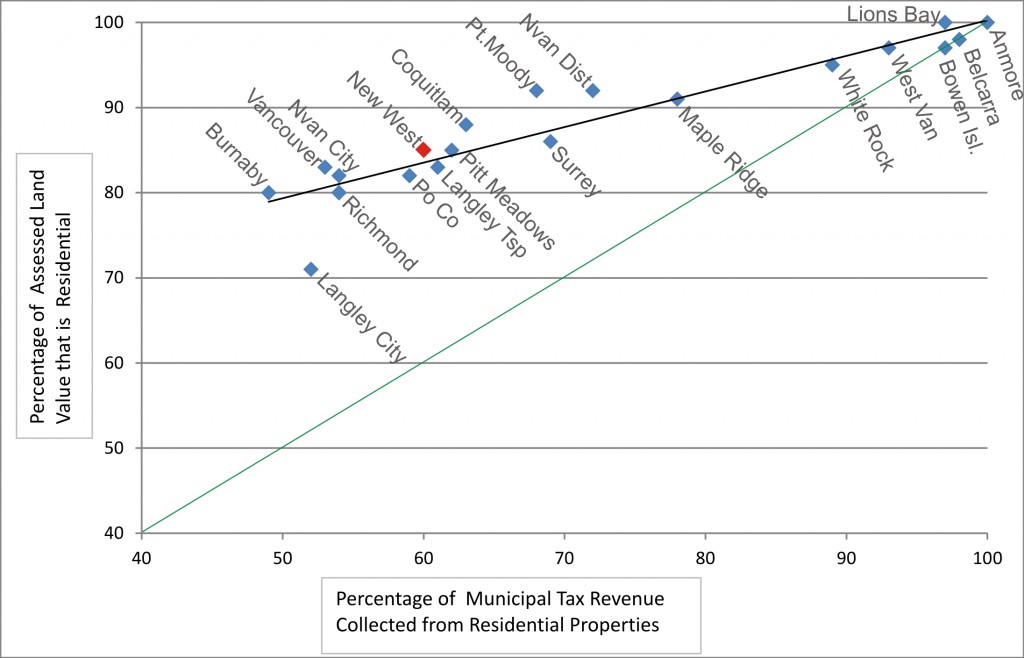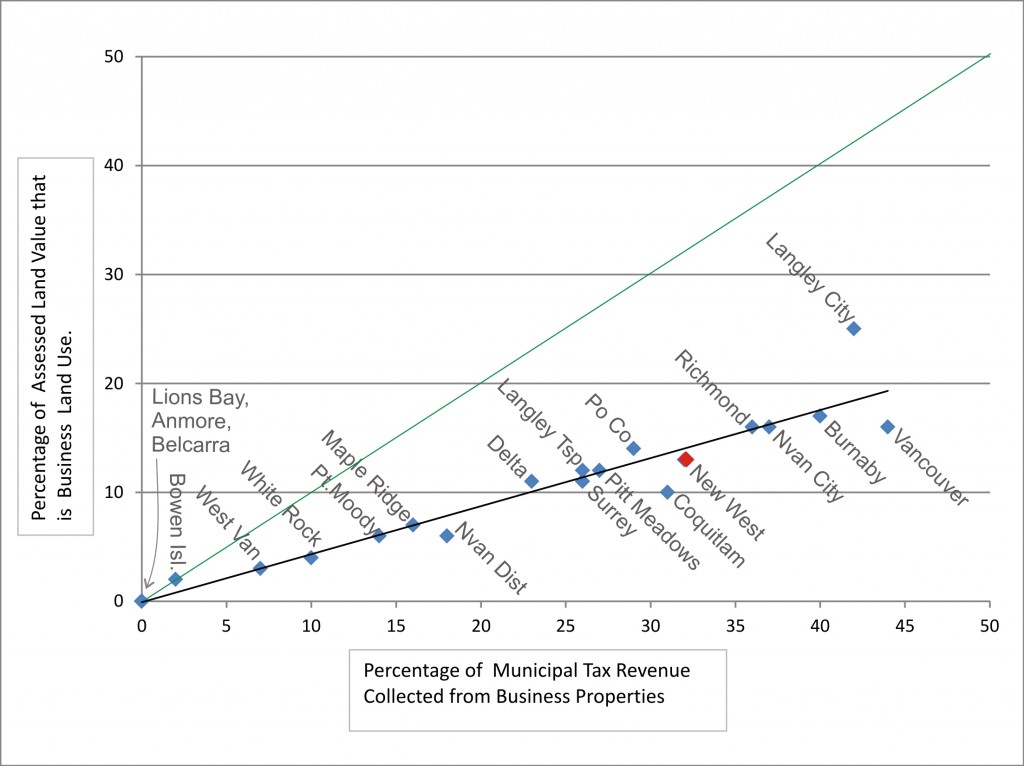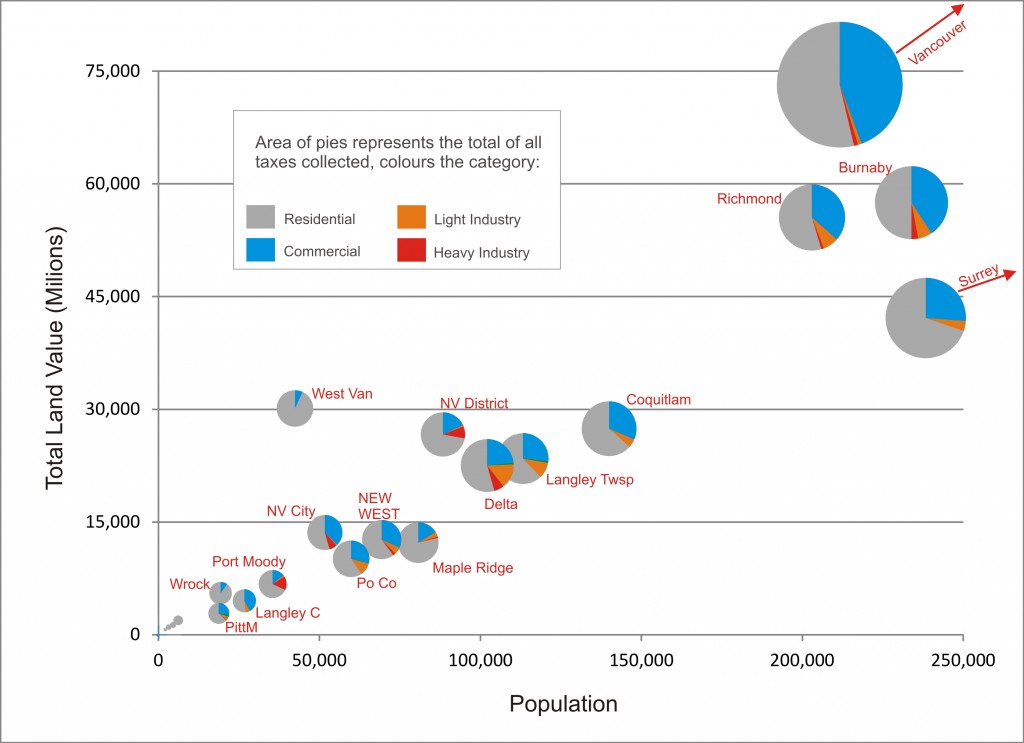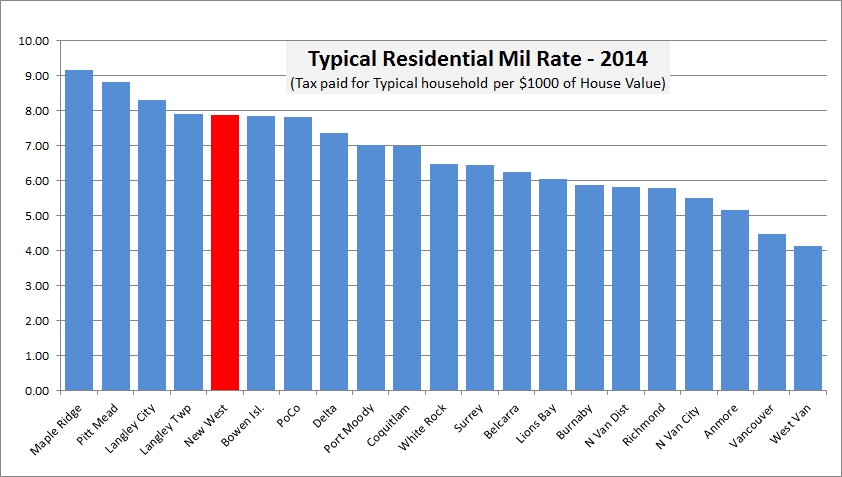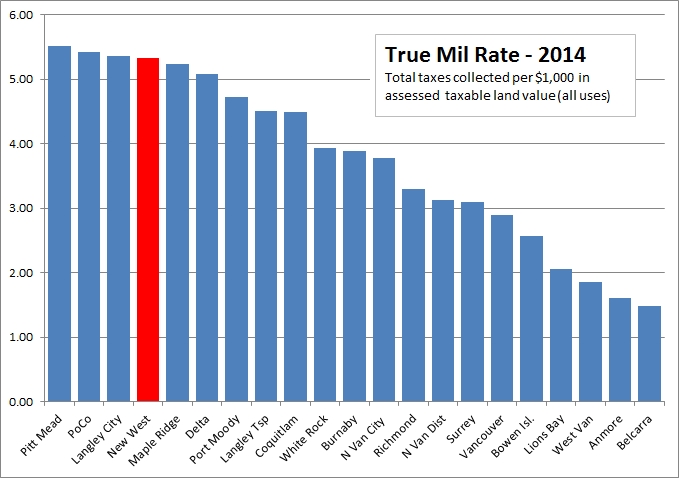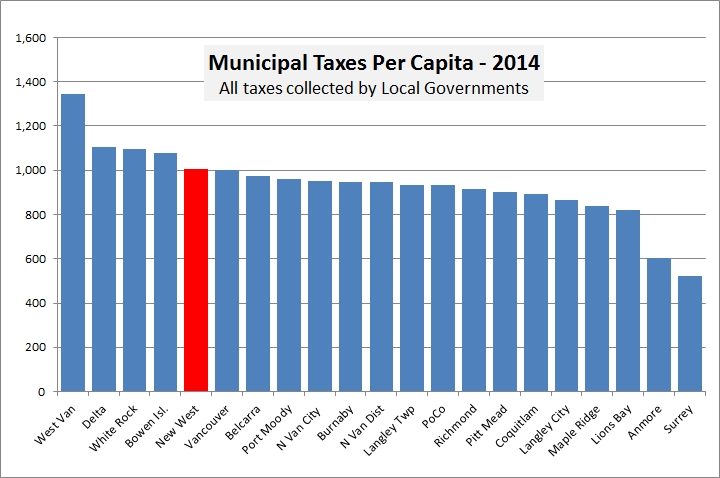If you tuned into your TV at 7:00 and noticed there was no Council Meeting being televised, rest assured, we didn’t take the day off. We actually had a Public Hearing day, and two Bylaws went to the public for comment. But no-one appeared to speak on either (in contrast to the last Public Hearing night we had!). As is the practice, Regular Council started as soon a Public Hearing ended, and with a relatively short agenda lacking in controversial issues, we were actually done the week’s business before 7:00.
I don’t feel bad about the “short day”. My Council Monday started at 9:00am with a 2.5 hour Mayor’s Transportation Taskforce meeting, then a closed Council Session from 12:00-3:00, the Committee of the Whole at 3:00 for about an hour, then back to another hour of Closed meeting, a quick hour for dinner and then Public Hearing. So by 7:00, we were 10 hours in.
I should talk about the Public Hearings first.
Zoning Amendment Bylaw No 7756, 2015
This change in the Bylaw language broadens the definition of what a “Commercial School” is, from strictly business-clerk-type schools to include healthcare and other topics that are more common now in New Westminster and regionally than they were back when the Zoning law was created. This brings some existing businesses in the City back into compliance, and opens the door for more business development opportunities, especially in Sapperton as the Health Care Cluster economic plan is developed.
No-one spoke for or against this Bylaw, and Council gave it Third Reading.
Zoning Amendment Bylaw No 7741, 2015
This is the formal public review of the City’s Family Friendly Housing Policy, which will now be adopted into the Bylaw. This has been in process for a while, and it is coincidental (yet perhaps apropos) that we have a Public Hearing on this topic in the same week that the affordability and availability of family housing is on the front page of newspapers, and on the front steps of the Vancouver Art Gallery.
Council has approved a Bylaw that will mandate a minimum number of 2- and 3-bedroom units that will be included in mutli-family developments, along with a few other details that will help increase the number of family-sized suites in the City.
We received no presentations on this, but did receive correspondence from the Urban Development Institute that supported the general idea of the bylaw, but made a few recommendations about small changes we can make to better balance the need for larger units with the need of developers to earn a return on their investment. Over the next few years, Staff and Council will be tracking the implementation of this Bylaw, and that on-going review will no doubt result in some subtle improvements. However, for now I am happy to support the City moving in this direction, and am happy that New Westminster is once again leading the region in an initiative that makes our City more livable for more people.
Council gave the Bylaw Third Reading.
After the Public Hearing, we dropped immediately into our regular meeting, starting with the Recommendations from Committee of the Whole meeting from earlier in the day:
327 Fourth Street HRA Application
This is a plan to subdivide one of the two remaining properties on the east side of 300 block of Fourth Street that has not yet been subdivided. Almost every house on this block has already been split up with a second home facing Pine Street.
Council referred this proposal for first and second readings, and sent it to Public Hearing on June 22, 2015. C’mon out and tell us what you think!
328 Holmes Street Subdivision Application
This is a plan to subdivide a 66-foot lot on the hilly part of Holmes Street with an older (but not “heritage”) home on it into two narrower 33-foot lots, so that two houses can be build under RS-5 zoning. There are a couple of other houses on this block where such a subdivision has been done.
Council referred this proposal for first and second readings, and sent it to Public Hearing on June 22, 2015. C’mon out and tell us what you think!
Rezoning of 646 Ewen Avenue
This plan is a little different. The property at 646 Ewen is currently vacant, but is zoned Local Commercial District. It is at a pretty central pedestrian “crossroads” in Queensborough, where Wood (with the Temple and Sukh Sagar Park are located, but any developed land within 250m is single-family-residential. The plan is to re-zone the lot to residential so a single family home (one that actually faces Wood, not Ewen) can be built.
Council referred this proposal for first and second readings, and sent it to Public Hearing on June 22, 2015. C’mon out and tell us what you think!
Development Permit application for 418 Thirteenth street
Finally, this multi-family development plan on the corner of 13th Street and Kamloops Street (just a block and a half above Stewardson and 13th) went through the public consultation and approval process back in the heady days of late summer 2014, when NWimby was a blogger and a hot race for the Next Mayor of New Westminster was just starting to bubble over. For whatever reason, the Permit was recommended for issuance, but that issuance never happened. We are approving the issuance now.
Regardless of delays, this looks like a pretty interesting project, with 13 primarily ground-oriented mid-sized townhouses/apartments that will address Thirteenth Street is a pretty creative way and hopefully provide some reasonably-priced family-friendly housing.
2015 Spring Freshet Update
Snowpack is still low around much of the province, although the melt-off is a little late. Barring a protracted heat wave until mid-June followed by an exceptional regional rain-on-snow event, we can probably put our sandbags away for this year.
New City-Wide Economic Plan
This is a proposal from staff to update the City’s Economic Development Plan. I was initially concerned about the timing of starting yet another planning process when we are in the middle of comprehensive OCP consultation planning process, and are working on a Public Engagement Strategy, MTP implementation, Economic Health Care Cluster plan, the Intelligent City initiative, and this council is still working on strategic planning objectives for the term. I was afraid we might approach strategic plan fatigue here.
However, chatting with staff, they feel that this is not an onerous task, and it is actually important to start right now, as there are many emerging opportunities for which we need to be ready to address from an economic-development front. Staff could use this plan to help set the framework for that. I can think of no better example than the just-announced launch of Phase 1 of the major RCH capital upgrade. This is the beginning of a decade-long development process that is going to re-shape Royal Columbian, and consequently much of the Sapperton commercial and institutional lands. From an economic development perspective, we need to have a plan to optimize the once-in-a-generation opportunity that comes with major expansion of your single largest employer.
Council voted to endorse staff’s suggested approach to the development of a new economic plan. Expect to hear some public consultation soon.
420 St, George Street HRA
One more piece of land-development business this week. This is a plan to subdivide a single-family lot on one of those little side-streets between Honour House and Queens Ave United Church, to build an infill house and do some restoration of the extant 1890 Burton Taylor house.
Council referred this proposal for first and second readings, and sent it to what is starting to look like a very busy Public Hearing on June 22, 2015. C’mon out and tell us what you think!
Policy for Disabled Parking in Residential Neighbourhoods
This is a an interesting policy idea that might make a big difference for a very small number of people, and have little impact on anyone else. In short, a resident can apply to the City to have a parking area on a residential street adjacent to or near their house designated as a “Disabled Parking Only” spot. This would, presumably, provide them a better opportunity for accessible parking near their home if they do not already have accessible parking on their property.
It is important to note that these would remain public parking spots which anyone can use when it is available, as long as that anyone has a SPARC permit on their dash. As a City, we cannot guarantee you exclusive access to the parking spot on the curb in front of your house, but we can take initiatives like this to make the parking supply better suit the needs of the community. I serve as the Chair of the Access Ability Advisory Committee, and that committee whole-heartedly endorsed this initiative. Council voted to make it policy.
Train Whistle Cessation Update
The City is working on getting rid of the late-night train horns (and the day ones as well, thought we get fewer complaints about those). The approach involves consultation with the railways (who have final say) and investing in the capital improvements required to make the Railways say yes. After many years of individual citizens wrangling with the rail companies over several issues with such a confrontational approach that legal settlements preclude some of those residents from even talking about the dispute, a new approach adopted by City Council a few years ago is finally turning the tide and making progress on this issue.
Yes, progress is slow, as there are logistical, legal, and infrastructure details abound, but the City has managed to get a few crossings designated as whistle-free, and has a solid deadline for many others. The image up top shows the many crossing in the City, and which ones are administered by which of the three main rail operators. Read the report for more details (especially on the challenges at Braid and Spruce Streets), but short version is we now have a tentative plan for when they will be made whistle-free:
Downtown (Front Street at Begbie and 4th): September 2015.
Sapperton (Cumberland): August 2015
Sapperton (Braid and Spruce): To Be Determined
Quayside Drive: December 2016
20th Street: August 2015
Queensborough (Port Royal): Done
Queensorough (5 crossings along Ewen): April 2016.
And, as always, we blasted through a number of Bylaws for adoption or readings:
7761 2015 – Electrical Utility Commission Amendment Bylaw
As discussed last meeting, we adopted the Bylaw that named another person to the El;ectrical Utility Commission.
7765 2015 – Bylaw Notice Enforcement Bylaw Amendment
As discussed last meeting, we adopted the Bylaw that updated our Bylaw enforceability and fines.
7712 2015 – HRA for 327 Fourth Street
7713 2015 – Heritage Designation for 327 Fourth Street
7760 2015 – Zoning Amendment for 328 Holmes Street
7758 2015 – Zoning Amendment for 646 Ewen Street
7736 2015 – HRA for 420 St. George Street
7737 2015 – Heritage Designation for 420 St. George Street
As discussed above, these are the First and Second Readings for the projects going to Public Hearing on June 22nd.
And at a little before 7:00, just as all our fans at Dunwood were tuning in, we were done.

